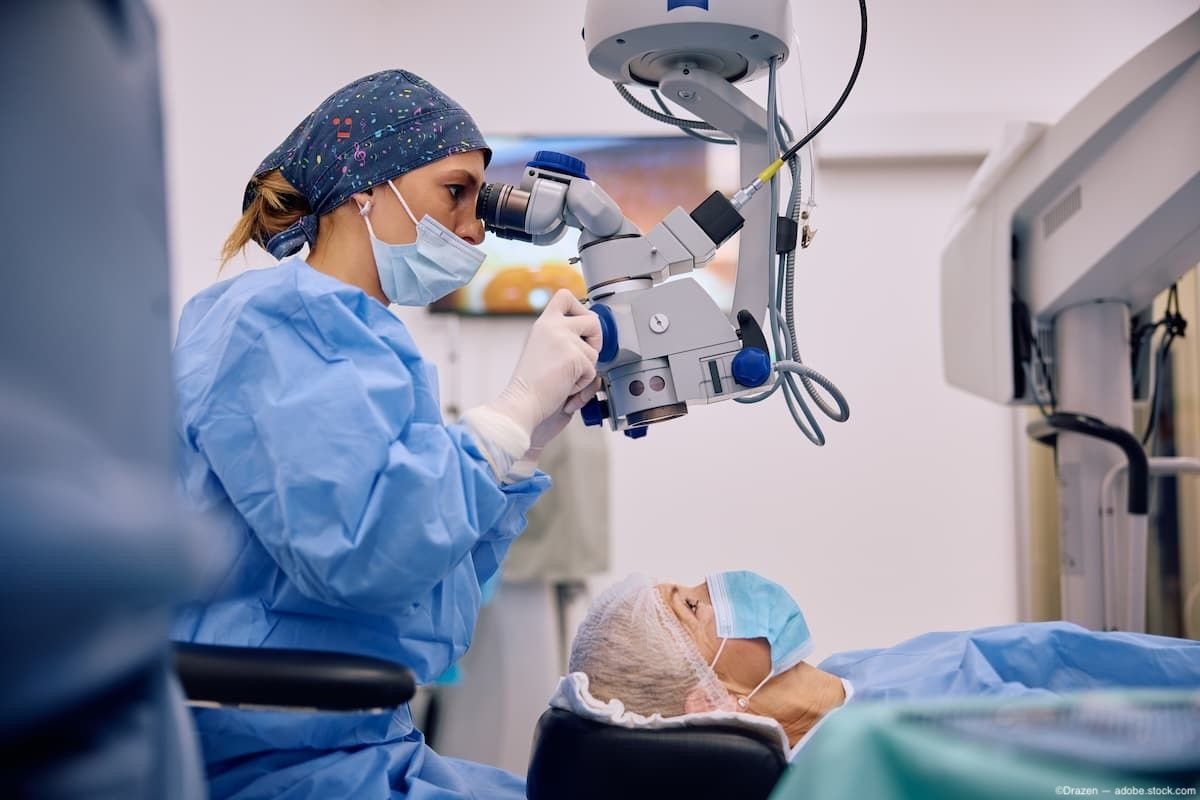
Newsletter Subscribe
Enter your email address below and subscribe to our newsletter


Enter your email address below and subscribe to our newsletter

(Image credit: AdobeStock/Drazen)

K. Chalam MD, PhD, MBA, FRCS(C), FASRS, presented, “Dropless vitrectomy with suprachoroidal triamcinolone-moxifloxacin: A comparative analysis of safety and efficacy with standard-of-care topical drops” at the 2025 annual scientific meeting of the American Society of Retina Specialists. This meeting took place from July 30 through August 2, 2025. Chalam gave this presentation on Friday, August 1, 2025, during the Surgical Techniques Symposium 2. Chalam is a part of the Loma Linda University Eye Institute in Loma Linda, California.
The objective of this research was to evaluate if a single suprachoroidal intraoperative (trimoxi) triamcinolone acetonide–moxifloxacin injection without postoperative drops could effectively control inflammation after vitreous surgery and demonstrate that it was not inferior to standard drop therapy.
The study was retrospective longitudinal comparative case. Electronic medical records of patients who underwent vitrectomy with a single suprachoroidal injection of 0.3 cc of triamcinolone acetonide–moxifloxacin with custom made 34 G 1 mm needle (Group 1) were reviewed and compared with those of patients who received a standard postoperative topical regimen of tapering doses of steroid-antibiotic eye drops (Group 2). Outcomes assessed included intraocular inflammation, corneal edema, visual acuity, incidence of postoperative infection and the incidence of elevated IOP at postoperative days 1, 42 (6 weeks), and 90 (3 months).The study included 122 eyes of 122 patients (61 eyes per group).
With these results, the researchers concluded that suprachoroidal triamcinolone acetonide–moxifloxacin injection (dropless vitrectomy) effectively controlled intraocular inflammation following vitrectomy surgery. It is noninferior to standard topical therapy, and is a viable alternative, particularly for patients with poor adherence to postoperative eye drop regimens.
Source: www.ophthalmologytimes.com
Author: | Date: 2025-08-22 13:30:00
Source: www.ophthalmologytimes.com
Author: | Date: 2025-08-22 13:30:00